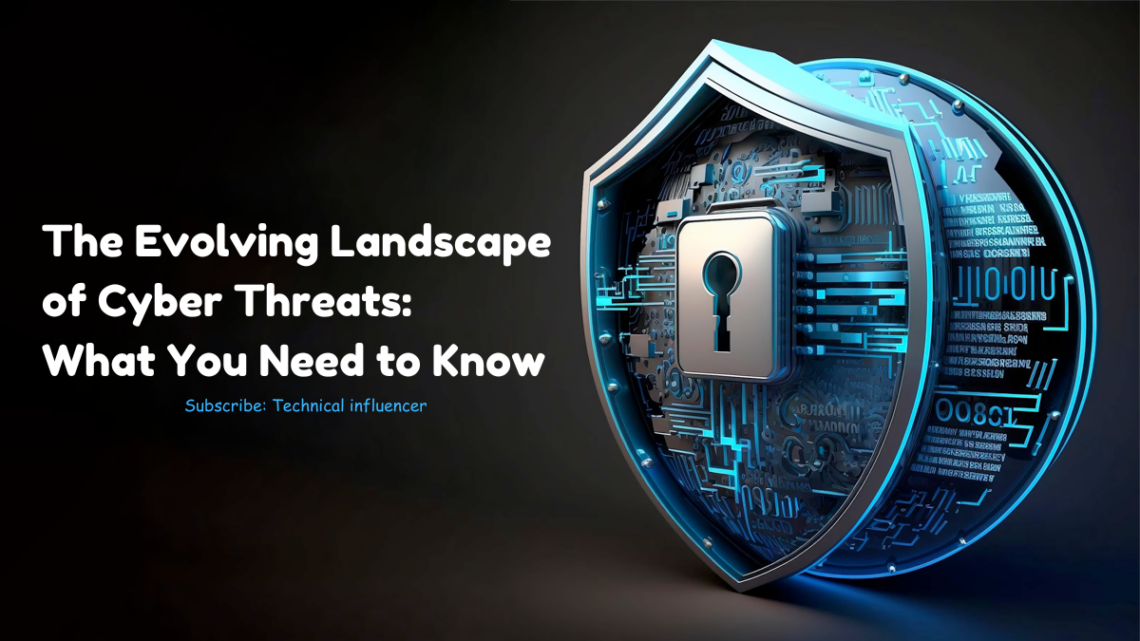As technology advances, the traditional concept of firewalls as the primary defense against cyber threats is evolving. This article explores the changing landscape of data security measures, going beyond firewalls to address the complexities of modern cyber threats.
The Limitations of Traditional Firewalls
While firewalls have been a cornerstone of cybersecurity for decades, their efficacy is increasingly challenged by sophisticated cyber threats. Traditional firewalls focus on monitoring and controlling incoming and outgoing network traffic based on predetermined security rules. However, in the age of cloud computing, mobile devices, and advanced persistent threats, relying solely on firewalls is no longer sufficient.
Next-Generation Security Technologies
The evolving threat landscape necessitates the adoption of next-generation security technologies. These include advanced intrusion detection and prevention systems, behavior analytics, and machine learning-powered security solutions. These technologies go beyond static rule-based approaches, enabling real-time detection of anomalies and adaptive responses to emerging threats.
Zero Trust Security Model
One paradigm shift in data security is the adoption of the Zero Trust model. Unlike traditional security models that assume trust once a user is inside the network perimeter, Zero Trust assumes zero trust both inside and outside the network. This approach requires continuous verification of user identities and devices, reducing the risk of unauthorized access.
Endpoint Security and Mobile Device Management
As the workforce becomes more mobile and devices proliferate, securing endpoints is critical. Endpoint security solutions and robust mobile device management (MDM) protocols help organizations secure devices like laptops, smartphones, and tablets. This is particularly important in preventing data breaches that may occur through compromised or lost devices.
Cloud Security and Data Encryption
With the widespread adoption of cloud services, securing data in transit and at rest in the cloud is paramount. Implementing robust cloud security measures, including data encryption and access controls, ensures the confidentiality and integrity of sensitive information stored in cloud environments.
Continuous Monitoring and Threat Intelligence
In the evolving landscape of data security, continuous monitoring and leveraging threat intelligence are indispensable. Organizations need to actively monitor their networks for suspicious activities, and threat intelligence feeds can provide valuable insights into emerging threats and vulnerabilities. This proactive approach enables organizations to stay ahead of potential risks.
Conclusion
The evolution of data security measures goes beyond traditional firewalls, embracing a holistic and adaptive approach to counter modern cyber threats. By incorporating next-generation technologies, adopting the Zero Trust model, securing endpoints and mobile devices, implementing robust cloud security measures, and leveraging continuous monitoring and threat intelligence, organizations can build a resilient defense against the complexities of the contemporary cyber landscape.




